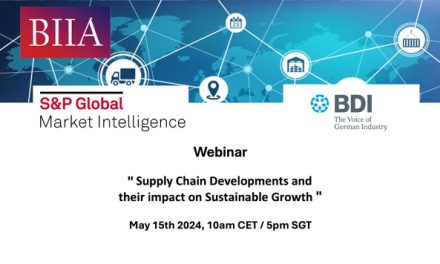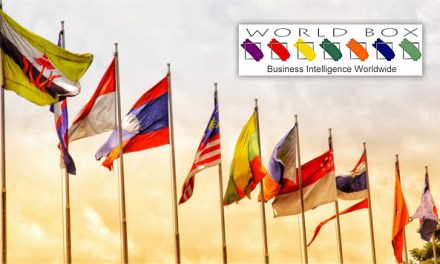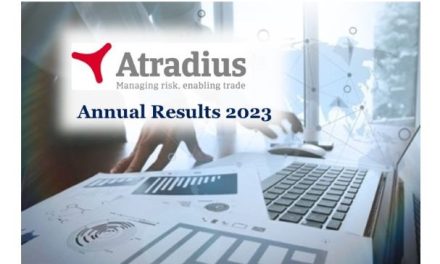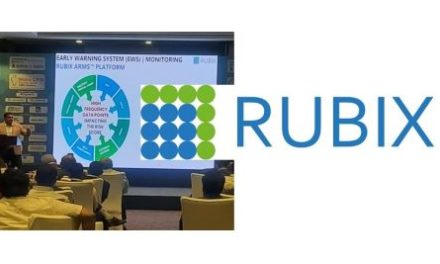Partnering with suppliers and investing in technology are among five key actions procurement professional must take to boost supply chain resilience.
Research from Gartner shows how CPOs can manage risk exposure in a world of disruption, global trade wars and Covid-19. Gartner warned businesses needed to proactively invest in developing supply chain resilience rather than relying on crisis management skills.
Gartner’s Future of Supply Chain study found 87% of sourcing and procurement leaders believed their supply chains needed to be more resilient over the next two years. Three quarters said they needed to significantly change their supplier risk management processes in the wake of Covid-19.
Separate research found 73% of the time sourcing and procurement spent managing risk went on due diligence and recertification efforts, with only 27% devoted to ongoing monitoring.
However, 97% reported that risk was identified after due diligence and before recertification, while 74% said materially-impactful risks could not have been identified via due diligence.
Procurement organisations need to change their approach to supplier risk management, Gartner said.
“Recent years have seen wave after wave of disruption to our supply chains. Companies have had to navigate through global trade wars, the Covid-19 pandemic, extreme weather events – such as the big freeze in Texas – the blockage of the Suez Canal, shortages of semiconductors, other critical components, raw materials and labour,” Gartner said.
“In recent months, supply chains have experienced a perfect storm as the pandemic’s impact has generated a faster-than-anticipated uptick in demand, catching companies in many industries flat-footed and leading to supply shortages across multiple commodities.”
The five key strategies CPOs should adopt for supplier risk management are:
- Mapping critical supply chains at a multi-tier level. Organisations must understand how their most critical supply chains are configured and the dependencies between key supply partners at different levels. This includes mapping:
-
- Companies that tier one suppliers are sourcing key bill of materials items from;
- Where manufacturing plants and other facilities are located;
- Which facilities are being used, directly or indirectly, to supply which items to a company’s own plants.
- Targeting high-impact sources of risk exposure. Businesses need to prioritise where to focus limited resources, and defining the value at risk associated with suppliers consists of three main steps:
-
- Using existing supplier segmentation models to define whether a supplier is strategic, critical or transactional;
- Consider alternative suppliers in the market, the strategic value of the supplier, revenue associated with the supplier and the complexity to replace the supplier;
- Determine if suppliers are single-sourced or multi-sourced.
-
- Risk analysis and scenario planning of disruptive events;
- Testing supplier business continuity plans with information reviews, informal walkthroughs and joint exercises.
- Partnering with key suppliers to manage risk and assure supply. This is top of the list of resilience strategies currently being undertaken, and includes:
-
- Positioning your company as a “customer of choice” for strategically important suppliers to get priority when there are supply issues;
- Working in partnership with key suppliers to reduce risk exposure and mitigate the highest risks together;
- The top three reported benefits of doing this were cost savings, quality improvements and support for the sustainability agenda.
- Invest in risk tools and technologies to monitor and anticipate disruptive events earlier
Proactive risk management across complex global supply chains cannot be done using Excel spreadsheets alone, Garners said.
Its research showed that 70% of procurement executive organisations were investing in supply chain visibility and mapping technologies, with almost the same proportion wanting technology that helped them to monitor supply chain risks and disruptive events across their extended networks.
Garner said: “Predictive analytics that anticipate supply problems and delays weeks or even months in advance are the next big wave of technology enablement in this area. Previous Gartner research has shown that 70% of supply chain and procurement professionals expect to have such capabilities in place by 2025.”
Source: Supply Management News



























